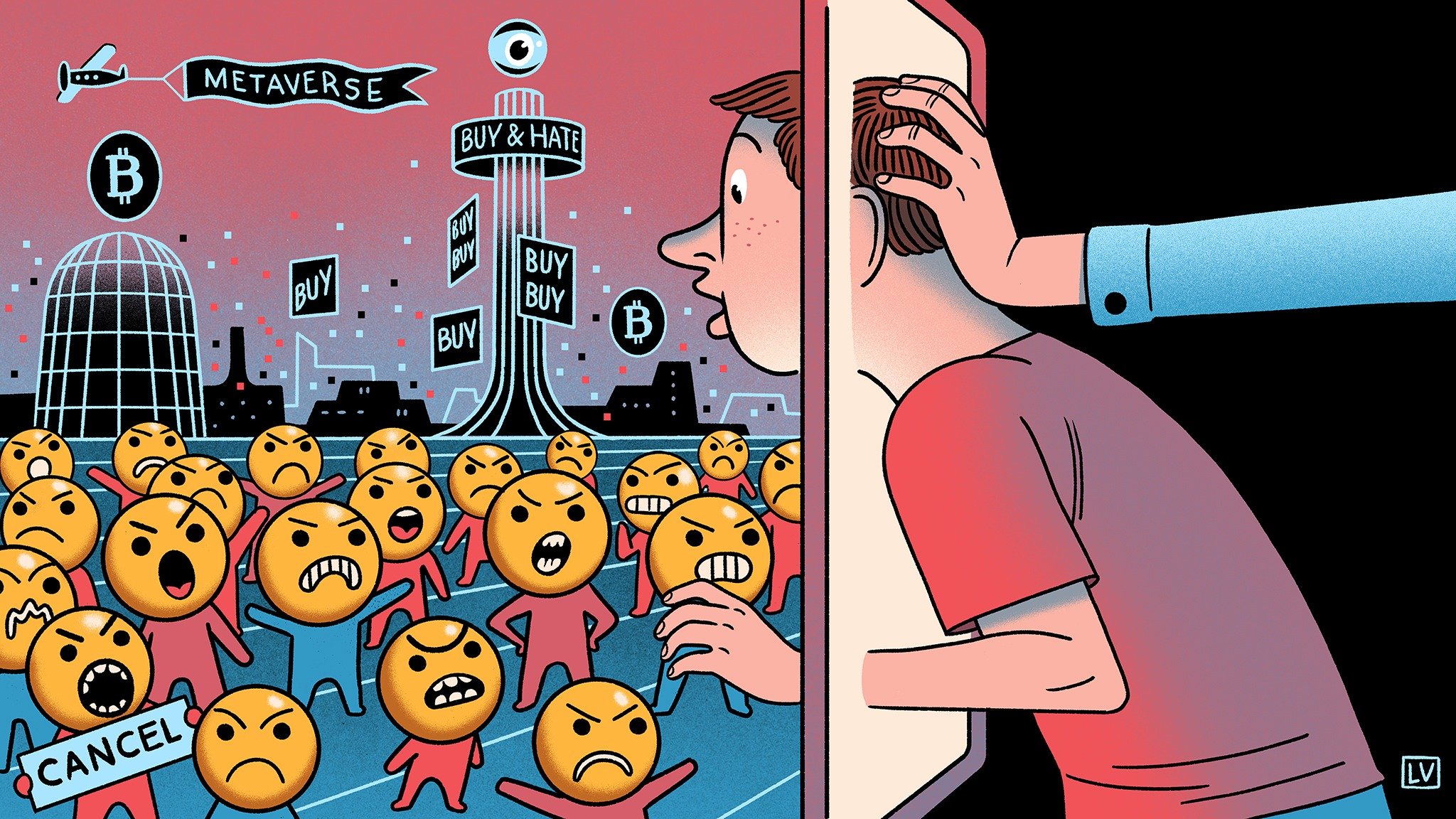
WHO WATCHES THE META-WATCHERS?
MARA DETTMANN
20/12/2021
As more brands enter the metaverse we need to get serious about considering the ethical rules and obligations of entering this new space, writes Mara Dettmann, Editor & Strategist with BBH London.
Keeping up with metaverse news is quickly becoming a full-time job. Investors are scrambling to buy ‘land’ in The Sandbox, a metaverse gaming platform. Companies are opening metaverse headquarters where employees can return to work virtually. These metaverse developments are also pushing forward related digital developments like NFTs – especially luxury ones.
Brands are getting in on the action at breakneck speed. Last summer, when more people (and brands) were flocking to online gaming (and yes, metaverse – though most people didn’t call them that at the time) platforms like Minecraft, Fortnite, and lockdown darling Animal Crossing: New Horizons, Roblox was still the dark horse. I wrote: “Though there’s been fundraising in aid of Covid-19 relief and low-key Pride celebrations, no brand seems to have harnessed the potential of the platform so far.”
Over the last weeks, between Nikeland, the British Fashion Council’s annual awards, and Ralph Lauren’s latest winter collection, Roblox has become many brands’ gateway to the metaverse. (Why is a separate topic for debate, but it’s likely because it’s more flexible than Animal Crossing and Fortnite, and more aesthetically pleasing than Minecraft.) For all these brands, entering the metaverse has led to PR coverage and the elusive fame – and, with continued blurring lines between physical and digital commerce, they’re likely anticipating revenue gains as well.
But as brands are racing to contribute their own metaverse approaches, we as their guardians need to pace them. And not just to put in place a strategy for a sustainable, continued presence – more importantly, we need to think about the ethics of what we’re getting them into.
The future of the Metaverse is so bright, Zuck’s wearing Factor 80
The potential of the metaverse is so vast that it might as well be unlimited. And it’s both a reflection of our world and a permutation of it. Leaning on French philosopher Jean Baudrillard’s theories, the metaverse is the ultimate hyperreality where reality and fiction blend increasingly seamlessly. (On that note, both Meta – formerly known as Facebook – and Microsoft are introducing increasingly realistic avatar options for people to use on metaverse platforms.)
But while our world has mores, rules, and laws that dictate our behaviours and actions, the metaverse doesn’t. The platforms themselves do have community standards, but brands need to think about what experiences they’re creating, and what they’re hoping to achieve with them (or, on the flipside, how the experiences could be twisted into something harmful).
Advertising already has a tenuous relationship with the concept of reality – Do we shape it? Distort it? Manipulate it?
The metaverse deepens those debates. Are our avatars practical little stand-ins that facilitate remote communication or do they represent idealised versions of ourselves that distort our sense of self perception? Is it liberating or unhealthily escapist to take yourself to a virtual world? The answers will vary on a case by case basis – one person may take to the metaverse to process and flourish, another to run away. In some cases, the metaverse will mainly make existing processes easier (like shopping); in others, it brings things into being that physically aren’t possible (like interacting with historic locations).
Dr David Reid, Professor of AI and Spatial Computing at Liverpool Hope University, says the main risks posed by the metaverse are all about the gathering and protection of data.
“The metaverse is at least as big, if not bigger, than the rise of AI. The metaverse’s ultimate aim is mixed reality, blending the digital and the real world together. Ultimately this blend may be so good that the virtual and the real become indistinguishable. And the market for that is gigantic. Whoever controls it will have control over your entire reality. The data this will generate will be vast, and extremely valuable. That’s why we need a system in place to police it. No single company should ever exert control.”
As a solution, Reid proposes “a collaboration, using open standard protocols [...] in the same way that the World Wide Web evolved.”
Of course, efforts to police and regulate branded content in new spaces far predate the internet. In the 1850s, Dickens wrote about the conflict between “old school” and “new school” bill stickers (out of home advertising and fly posting’s historical cousins, respectively), and about how adherents of the “new school” would stick their bills wherever they could make space with often little care and consideration. But though we have regulatory bodies like the ASA and CAP, they will need to review and update their ways of working to even consider how these can flex into the metaverse.
Ultimately, neither regulatory bodies nor brands can (or should) be the sole arbiters of ethics in the metaverse. Still, each brand needs to carefully consider its plans for the platform. Purpose is set to be one of the big marketing topics for 2022, and metaverse ethics is an immediate area where brands can show what they stand for – for example by developing a mission statement on what exactly they’re hoping to achieve by entering this new realm, rather than just pasting their content over it as a bill sticker might.

